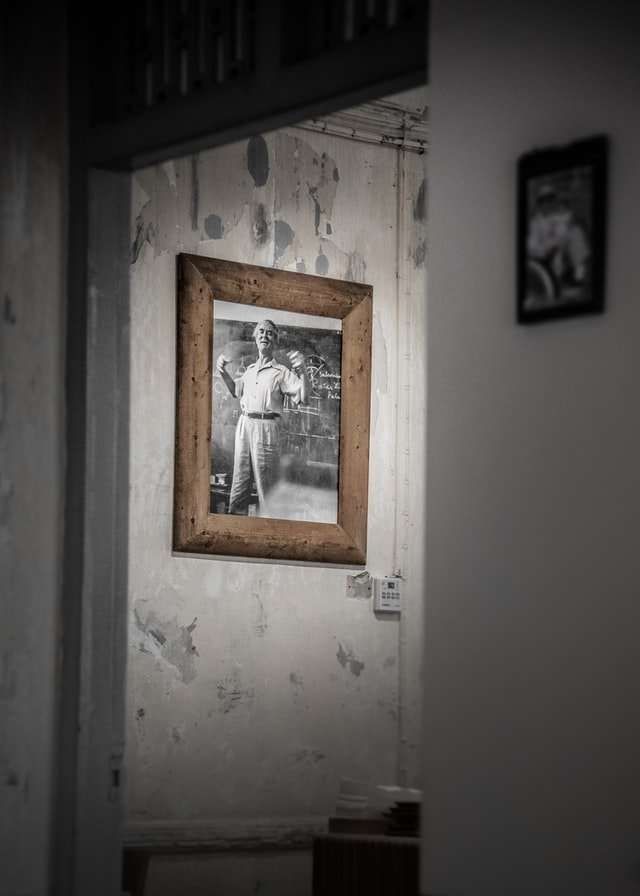Art is a meant to be a communication of an idea, concept or feeling. It uses the visual language to create an atmosphere and to tell a story, often a narrative.
Art has changed throughout time, but the concept behind it has been the same for hundreds of years. The purpose of art is to communicate ideas, and not just visually, but also in theme, content and style.
Art is not just looking at something pretty. It’s more than that. Modern art can be something quite different from what you are used to and it is hard to understand at first glance, but there is no need to shy away from it.
Many people think they won’t like modern art because they won’t understand it or find anything appealing about it. They may also think that because it doesn’t look like anything else they’ve seen before it must be bad or wrong somehow.
What they don’t realize is that there are many different types of art out there and all of them are very interesting in their own way.
Although much modern art may appear abstract and chaotic, there is still always meaning behind it even if you don’t see it right off the bat. It takes time for your brain to process the information in order for you to understand what you’re seeing
The problem isn’t that you’re a philistine. The problem is that art history was written by the philistines.
To get to the bottom of things, you need to start at the beginning. You need to look at old art, and figure out what it’s trying to do. Only then – now that you know how to recognize beauty – can you appreciate the new and different forms it has taken in recent years.
Trying to understand modern art without appreciating earlier art is like trying to understand bird flight without having seen birds fly. Sure, there are some principles of aerodynamics that apply equally well to both birds and airplanes, but only after you really understand airplanes can you really appreciate how birds fly.
So I’m going to talk about two things: first, what’s good about the way modern art is made; second, what’s bad about it.
Modern art is a very strange thing. It is so strange, in fact, that it seems to defy explanation. That’s why explaining modern art is such a popular pastime.
One of the most common explanations for modern art is that the artists are crazy — either insane or high on drugs. Sometimes the artists themselves admit as much — see, for example, Jackson Pollock’s famous “I am nature” quote. But this explanation doesn’t really explain anything, because it begs the question: what makes a crazy person an artist? Why should we pay attention to someone who doesn’t know that the things they are creating are not art?
Another explanation proposes that the point of modern art is to be different. This is certainly true — but it isn’t an explanation; it’s just another way of saying “modern art is different.” It also fails to explain why we should like it when we don’t like things that are different from things we do like.
A third popular explanation for modern art explains that the point of modern art is to make us think about things differently — which again isn’t really an explanation; it’s just a way of restating that “modern art is different.”
All these explanations fail because they assume that there must be some deep meaning
So let’s take a look at the Principles of Modern Art. I’m going to use this question as an example. The poster asks “how do you create depth in your artwork?”
The answer is here:
http://www.youtube.com/watch?v=X9nF4_wdECI
A recurring question I receive is where to find more information on a certain artist or art movement. In order to answer this question, I have created an index of all the artists that have been covered on this blog.
If you have any questions, comments, suggestions for future entries, or additions for the index, please don’t hesitate to contact me.
On the first day of an art class with a very well-known artist, I was standing in front of a large canvas covered in blue paint. The instructor walked over to the canvas, took off his socks and shoes, climbed onto the table, lay down on the canvas, and then rolled around on it.
There were ten students in my class. We all looked at each other like we’d been suddenly transported to another planet. Our instructor had just taken a major risk by making a fool of himself in front of us. But he was also telling us something by doing this: don’t take anything too seriously, and get ready for a long strange trip.
Since then I have learned that art students like to make fun of their teachers because they are afraid if they don’t their teachers will take themselves too seriously and violate the sacred pact that allows art students to make fools out of themselves without feeling foolish. Because taking risks is essential to art.”


